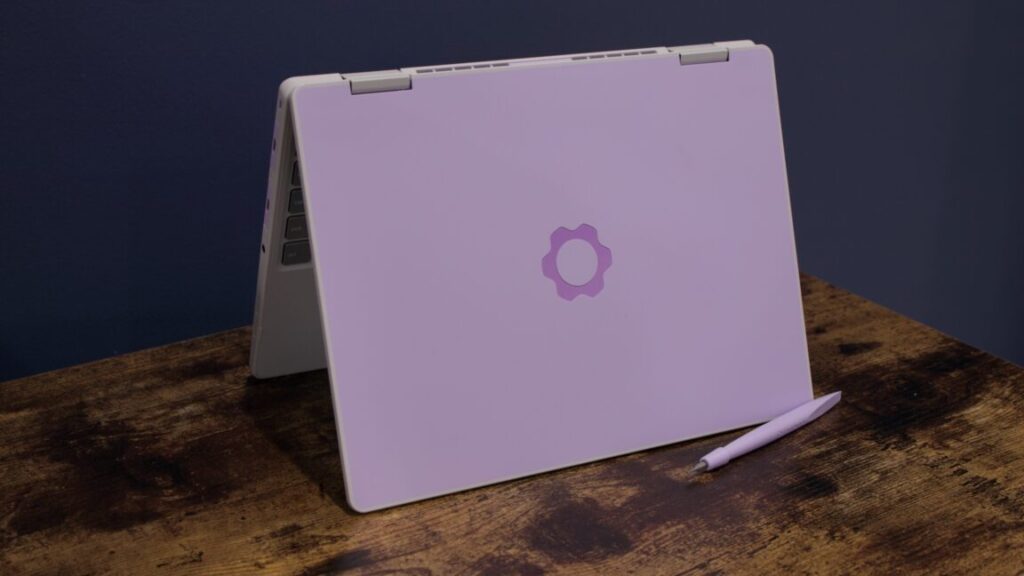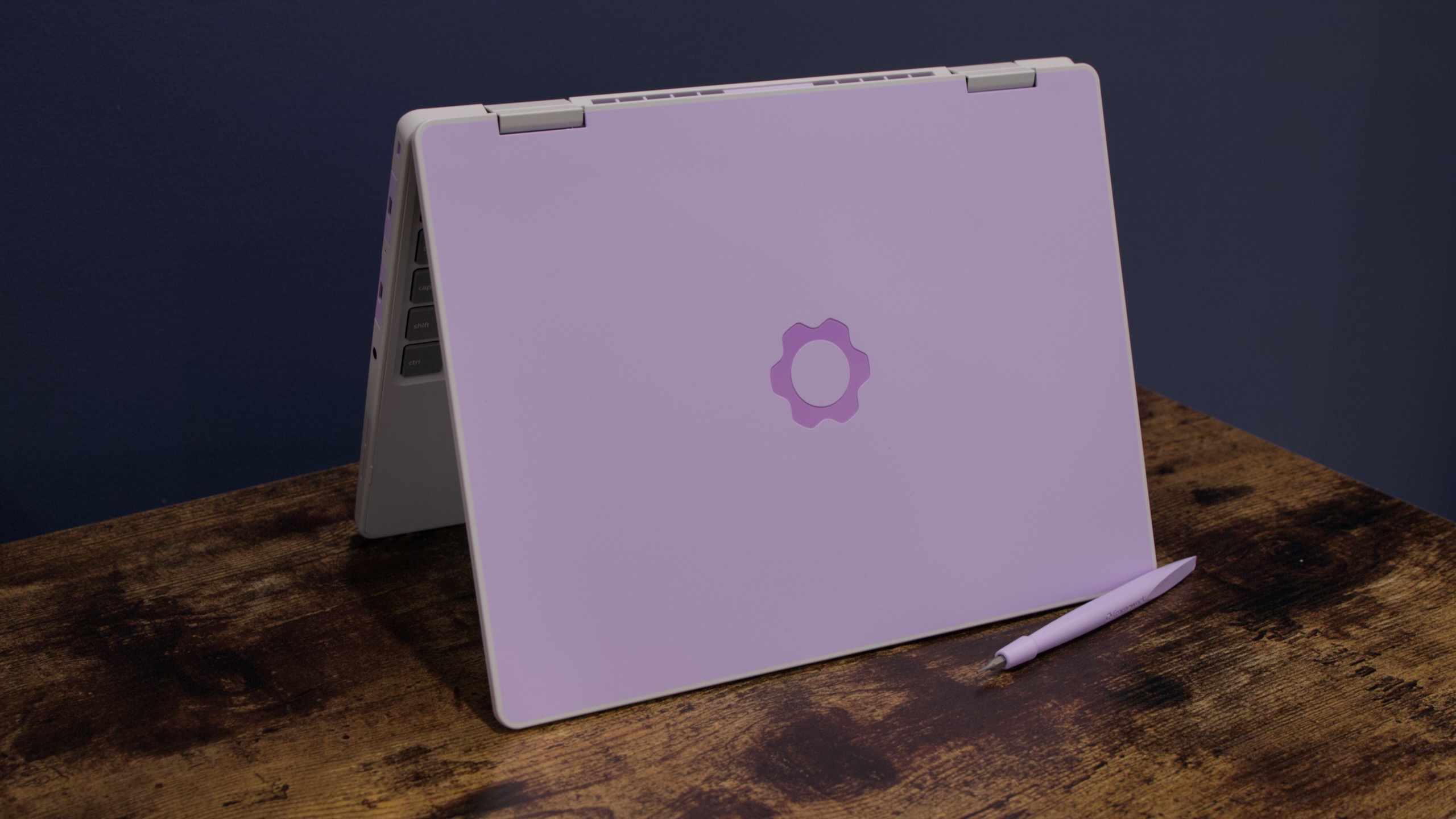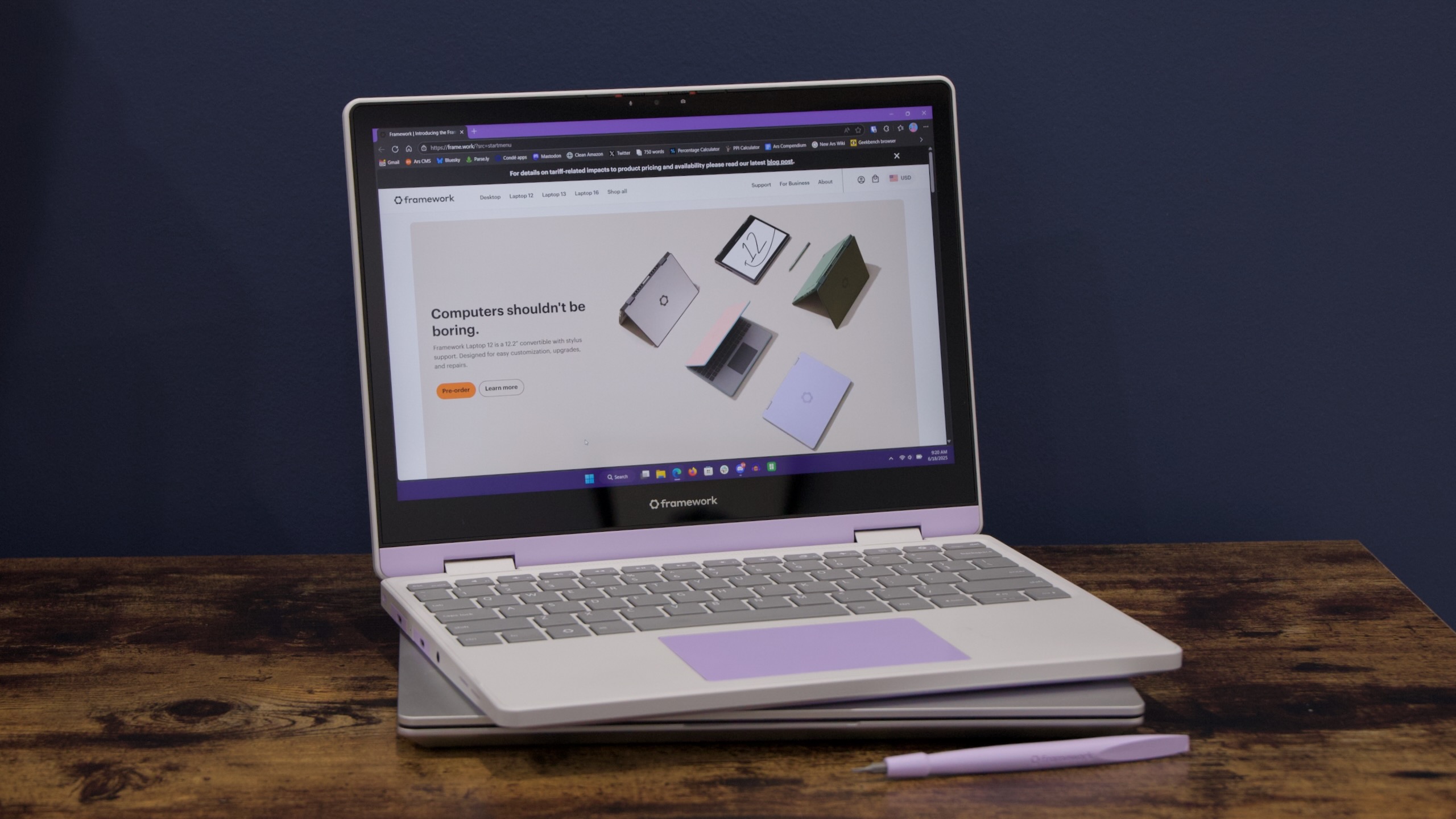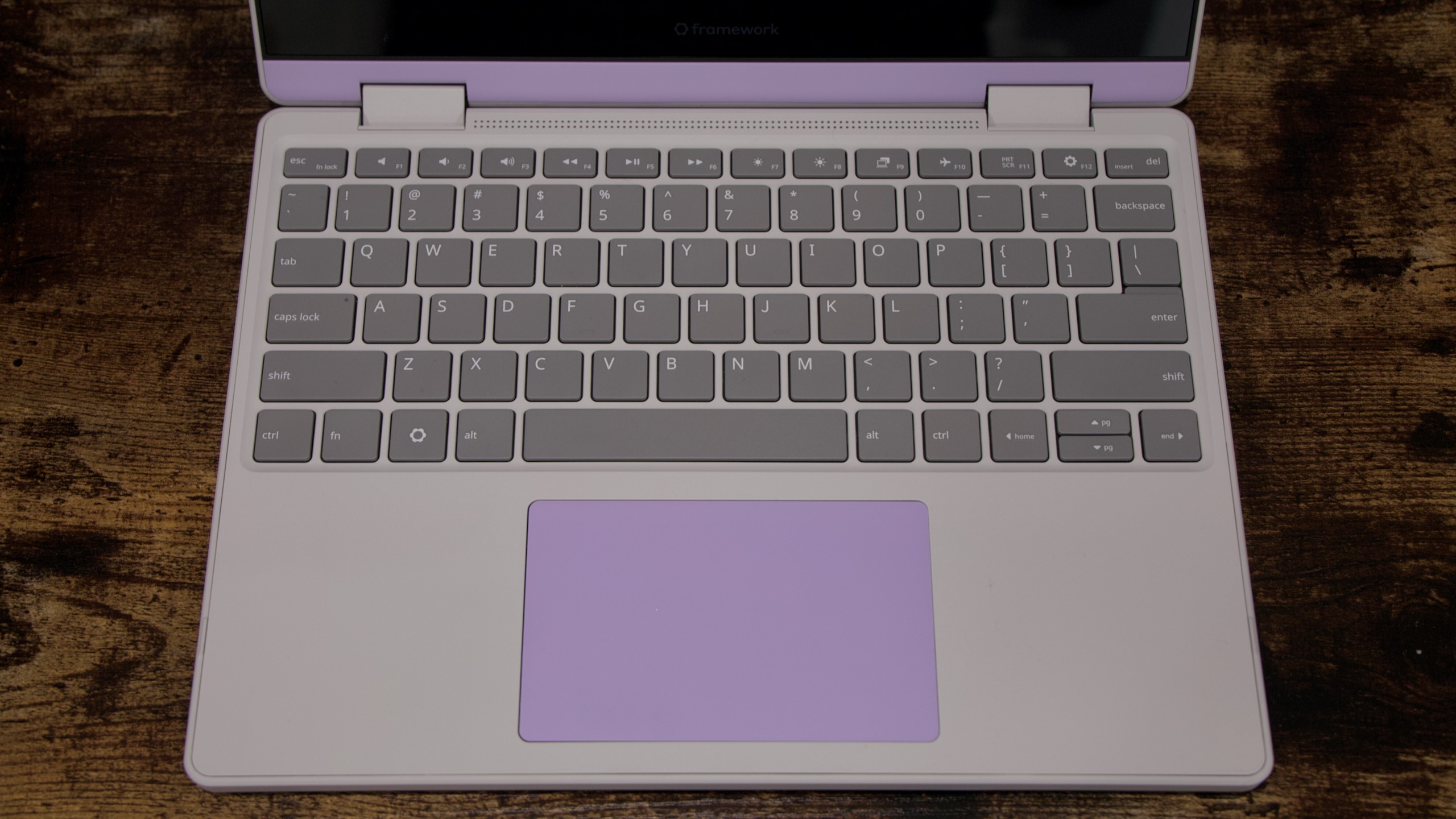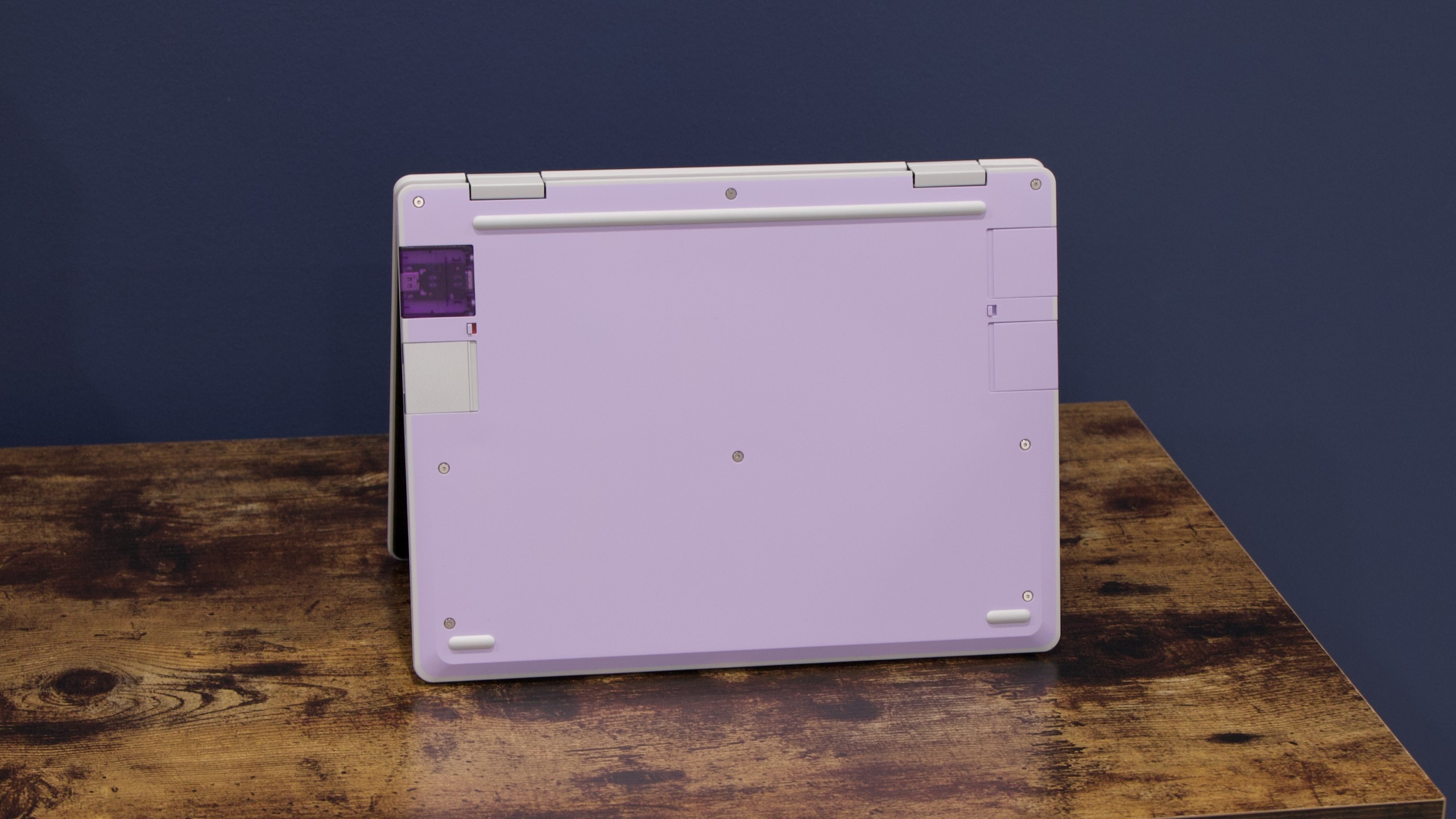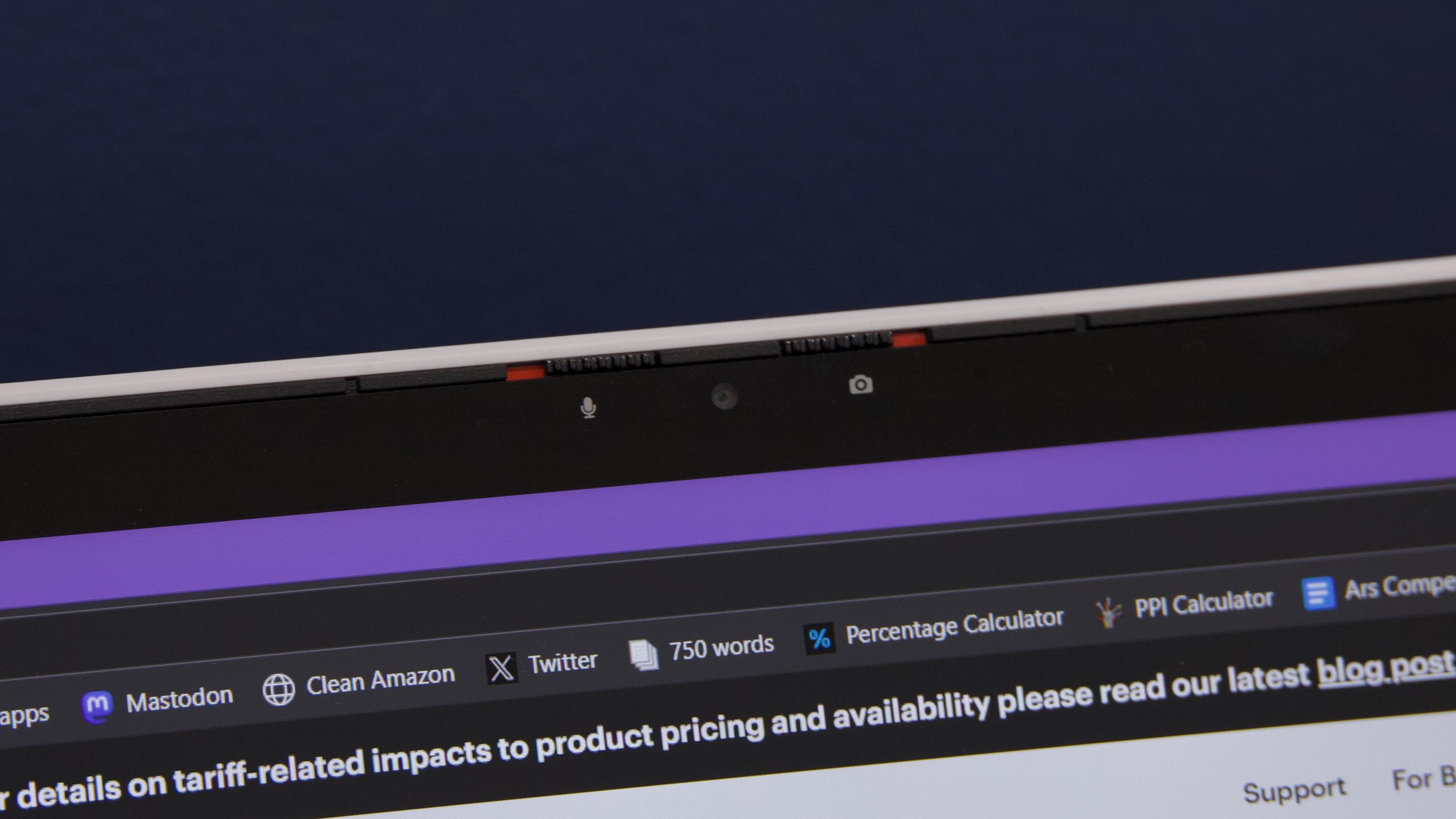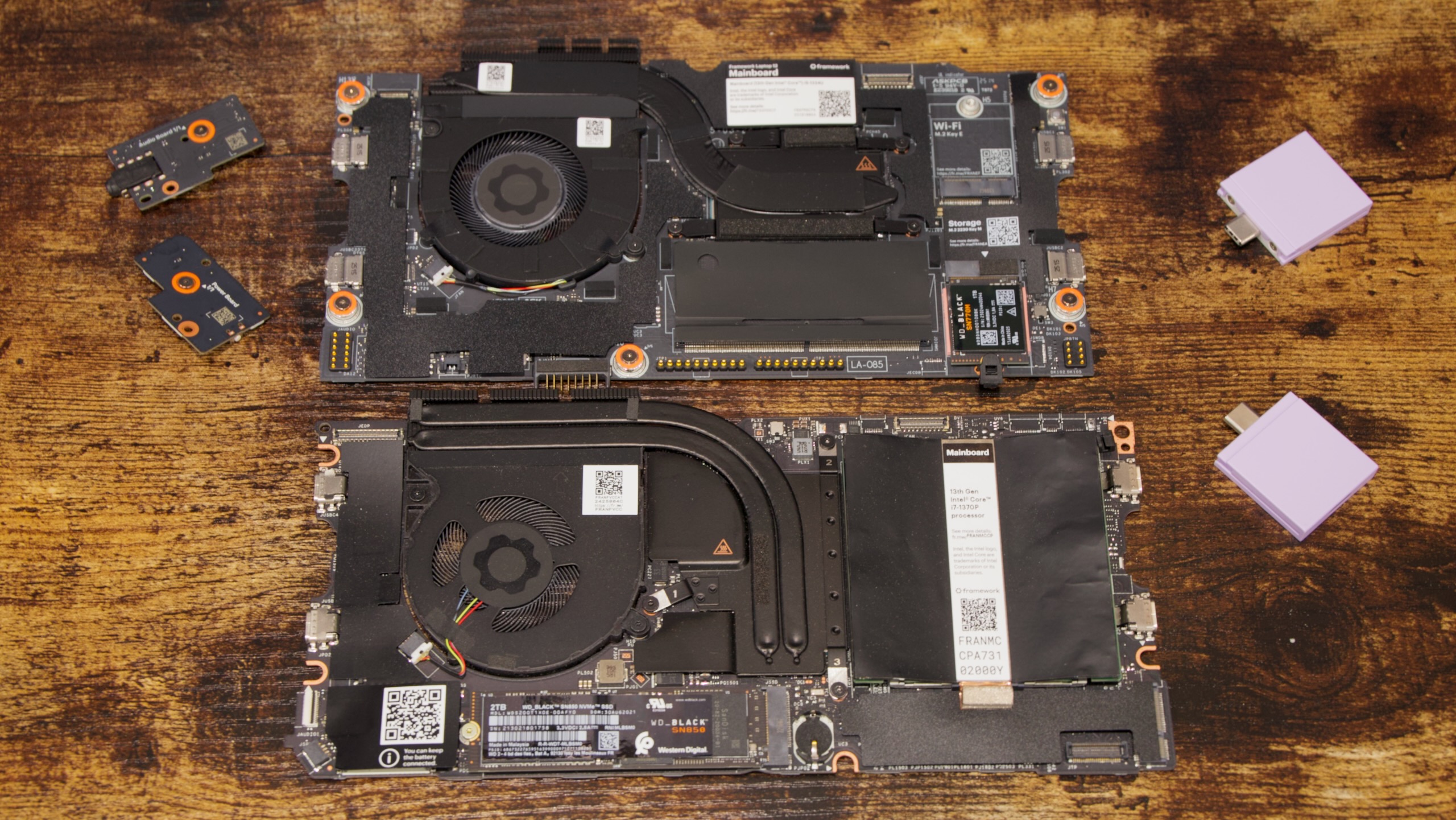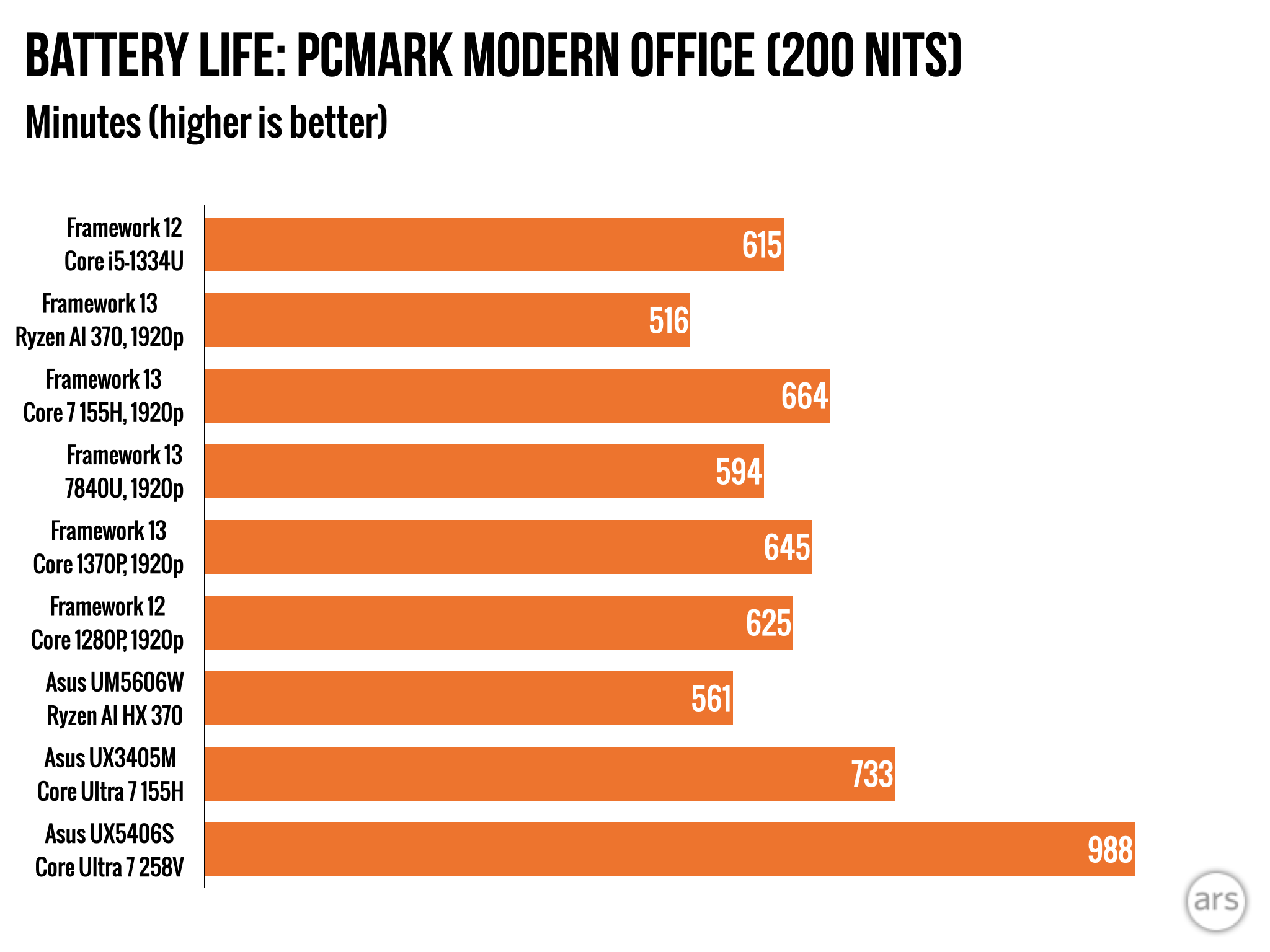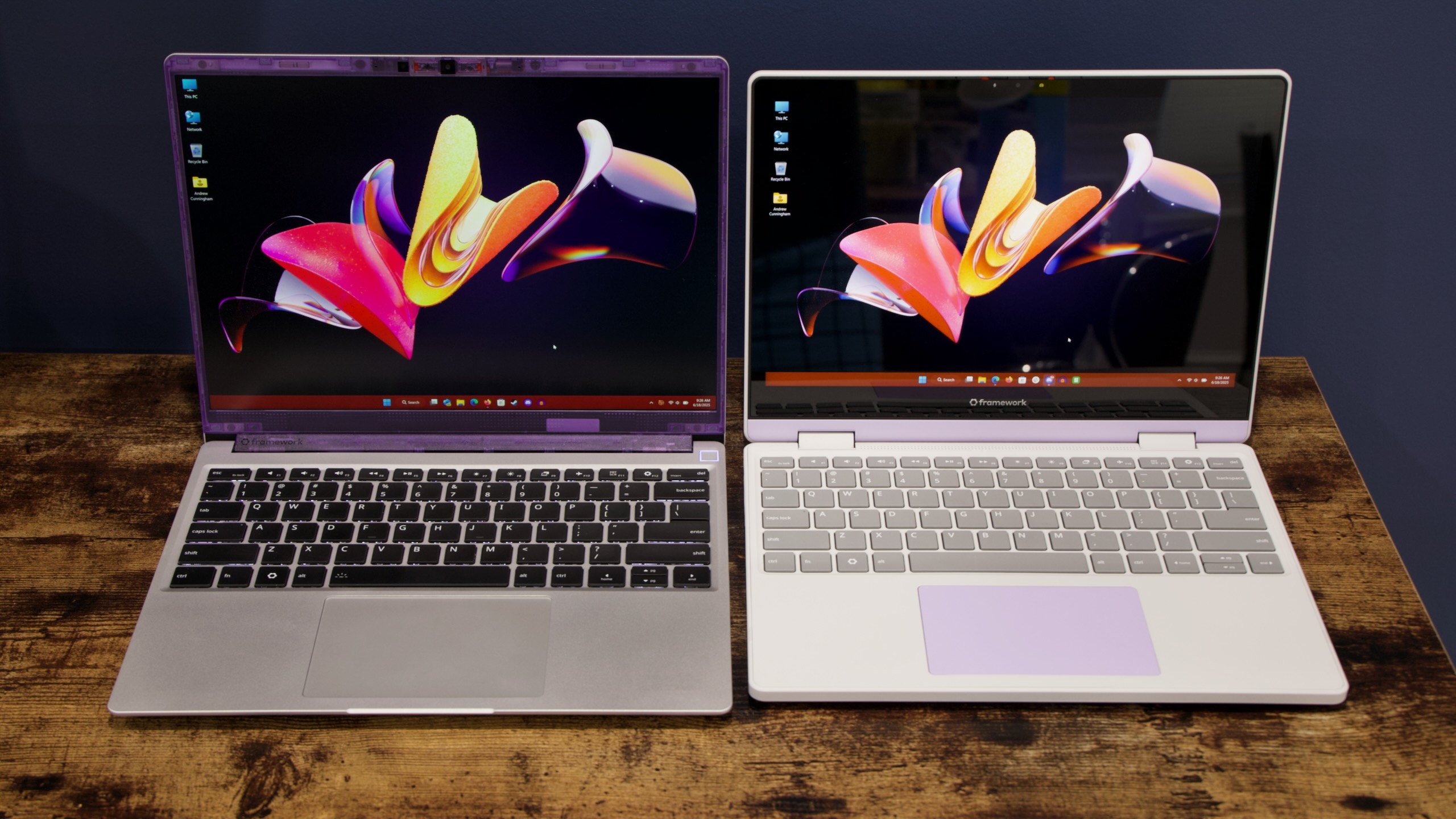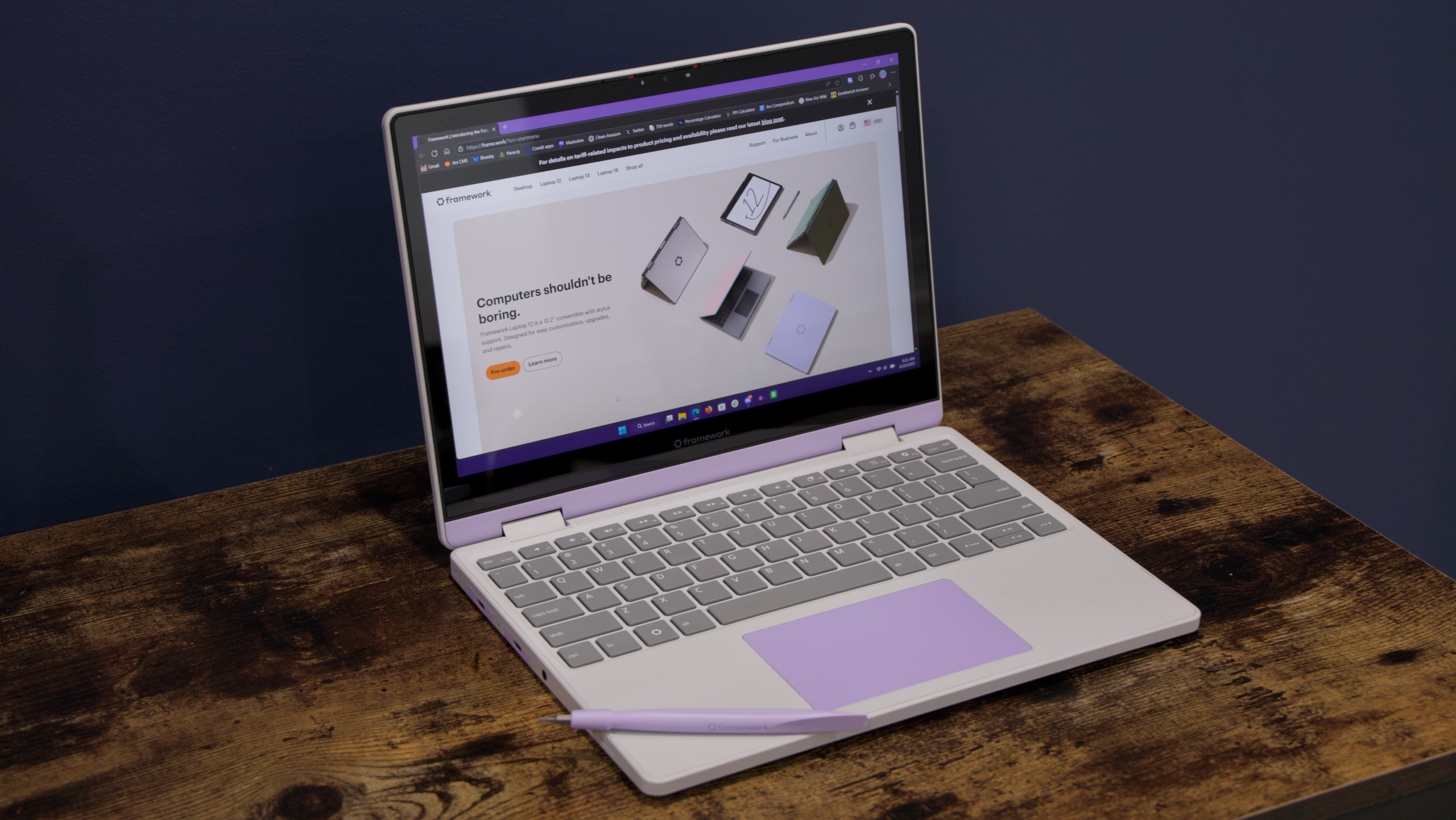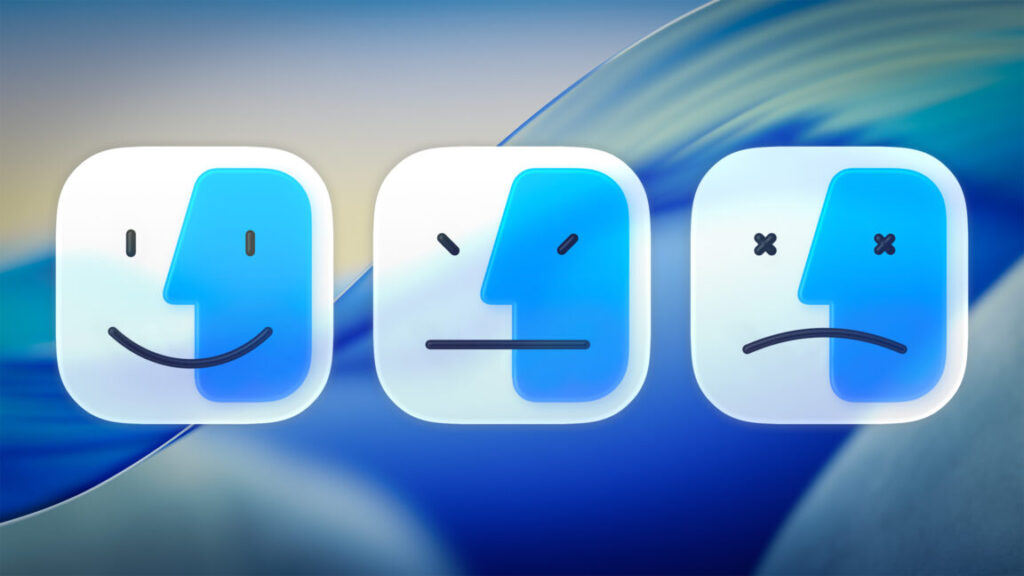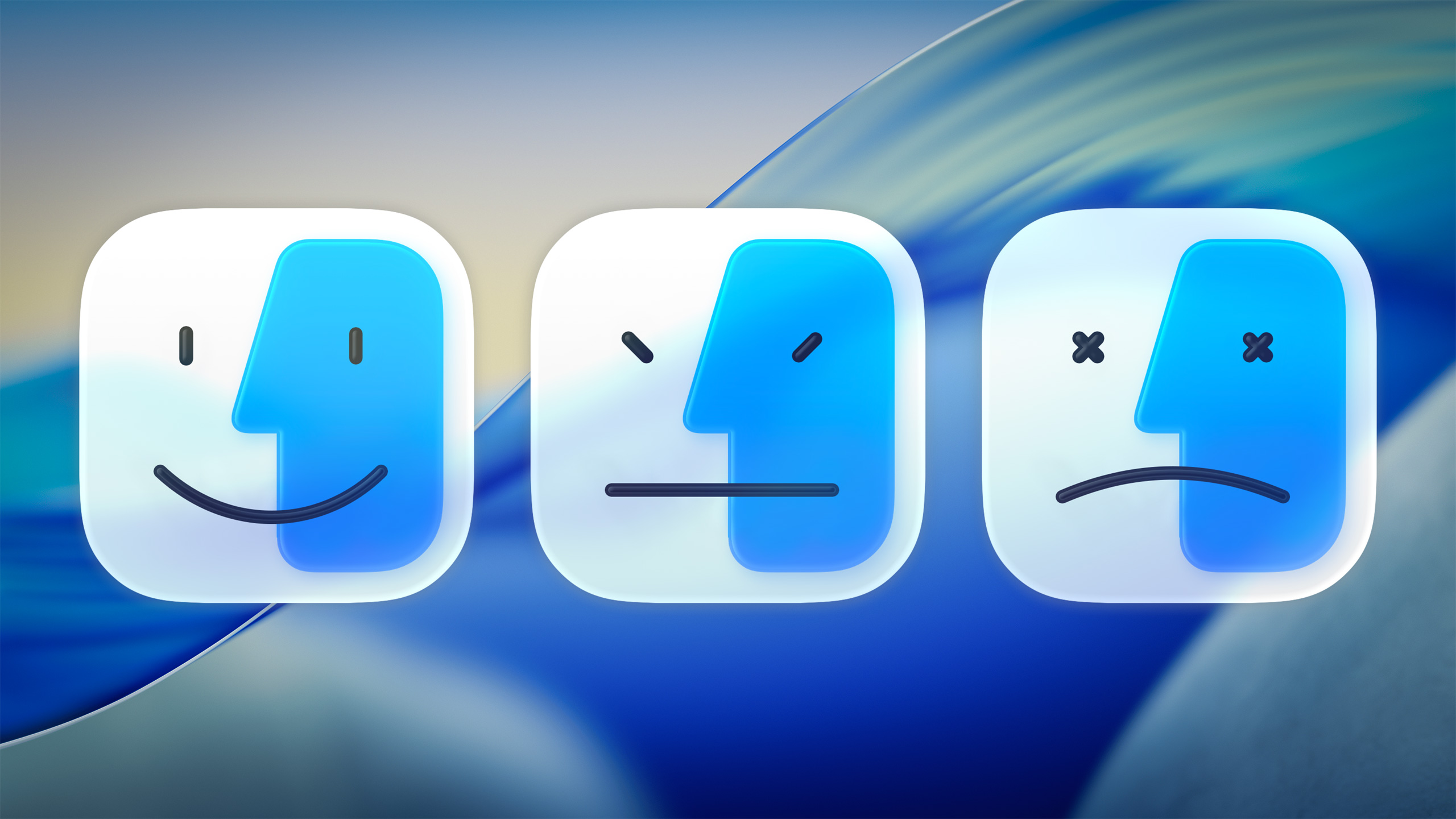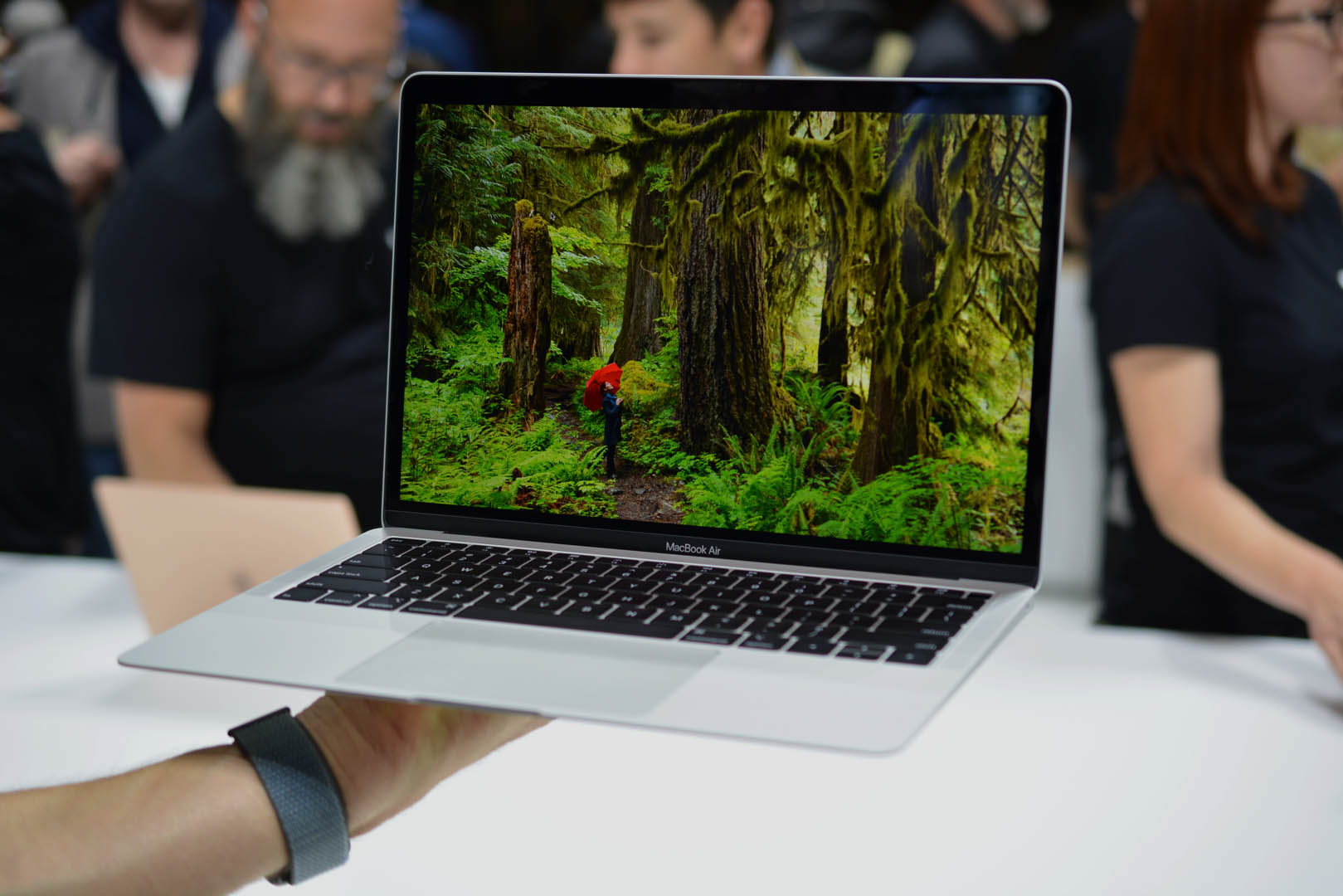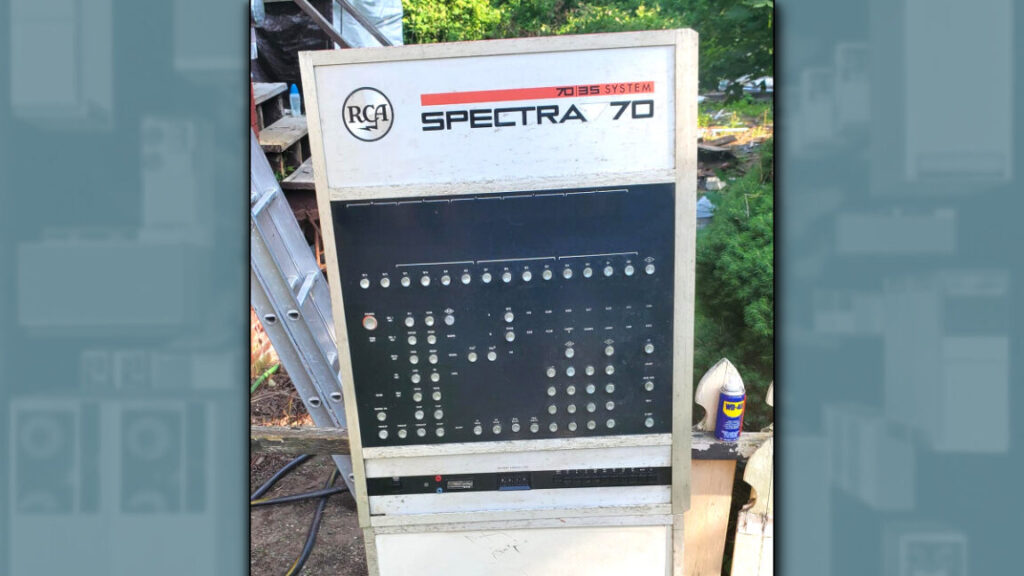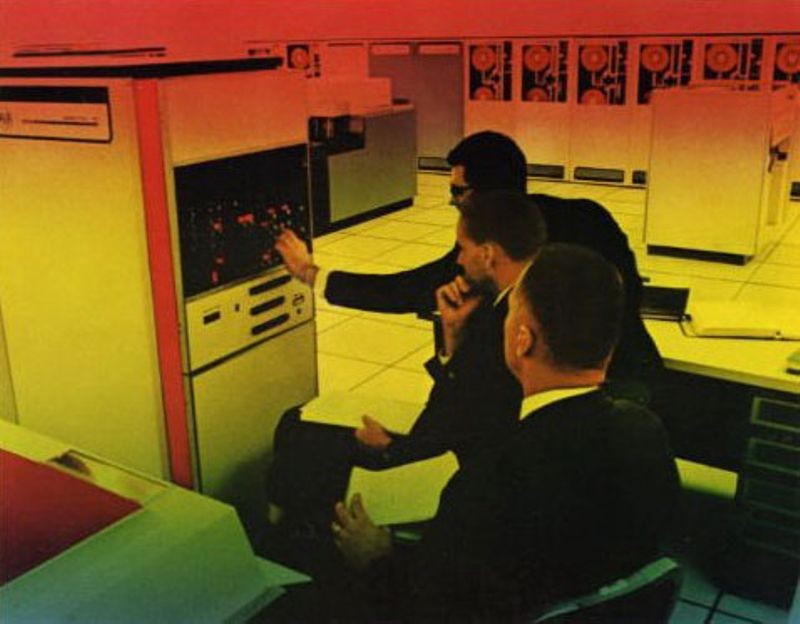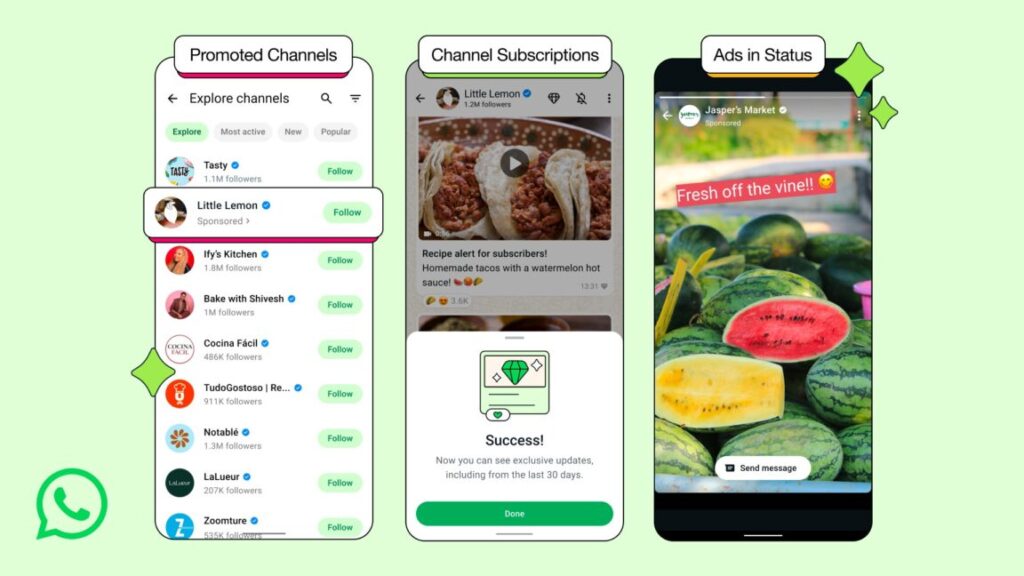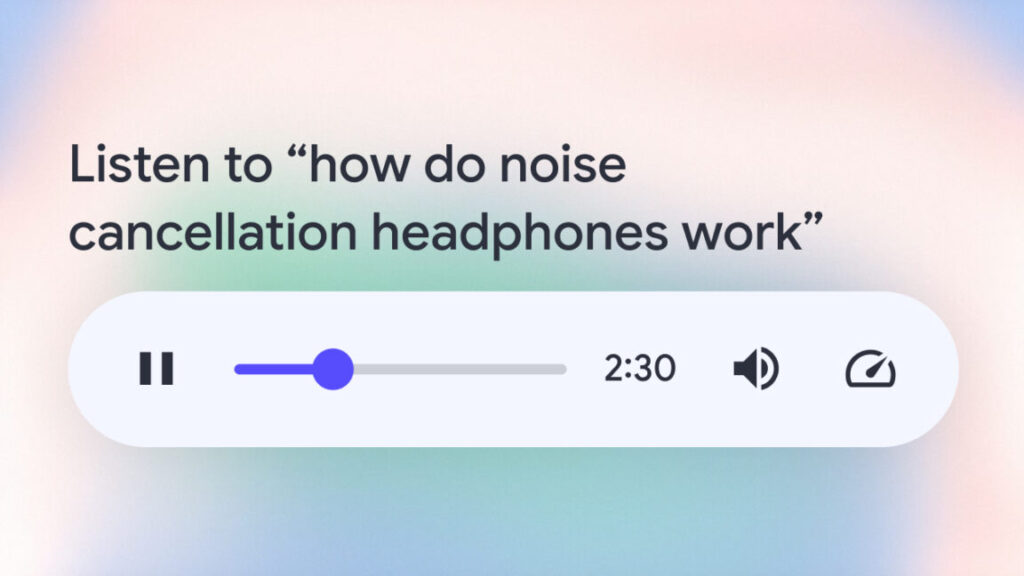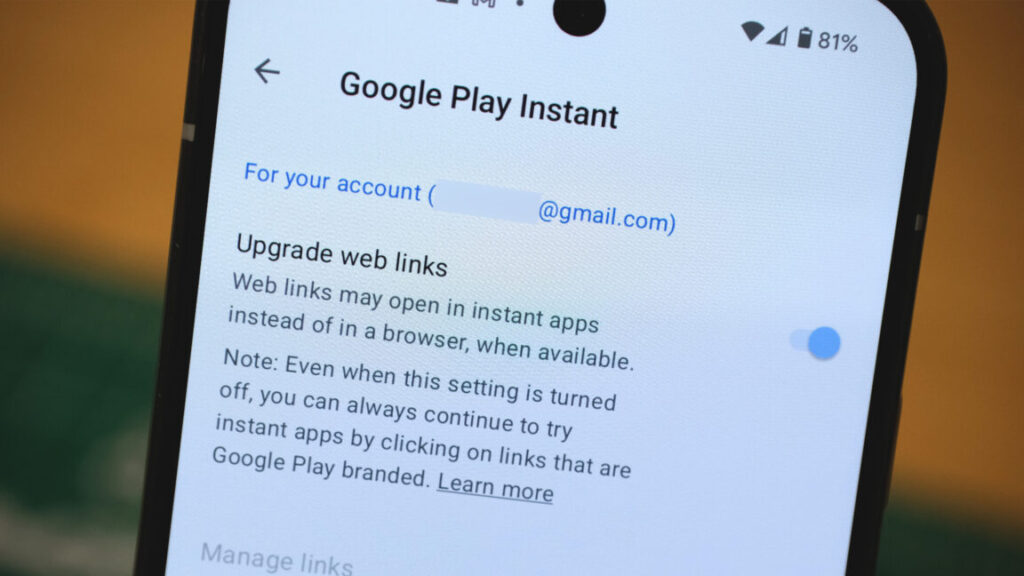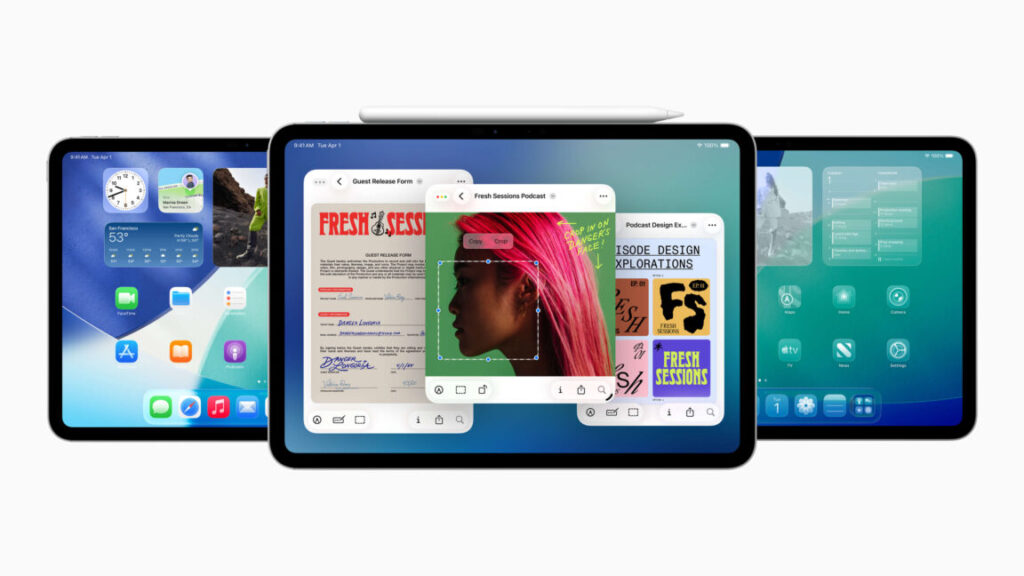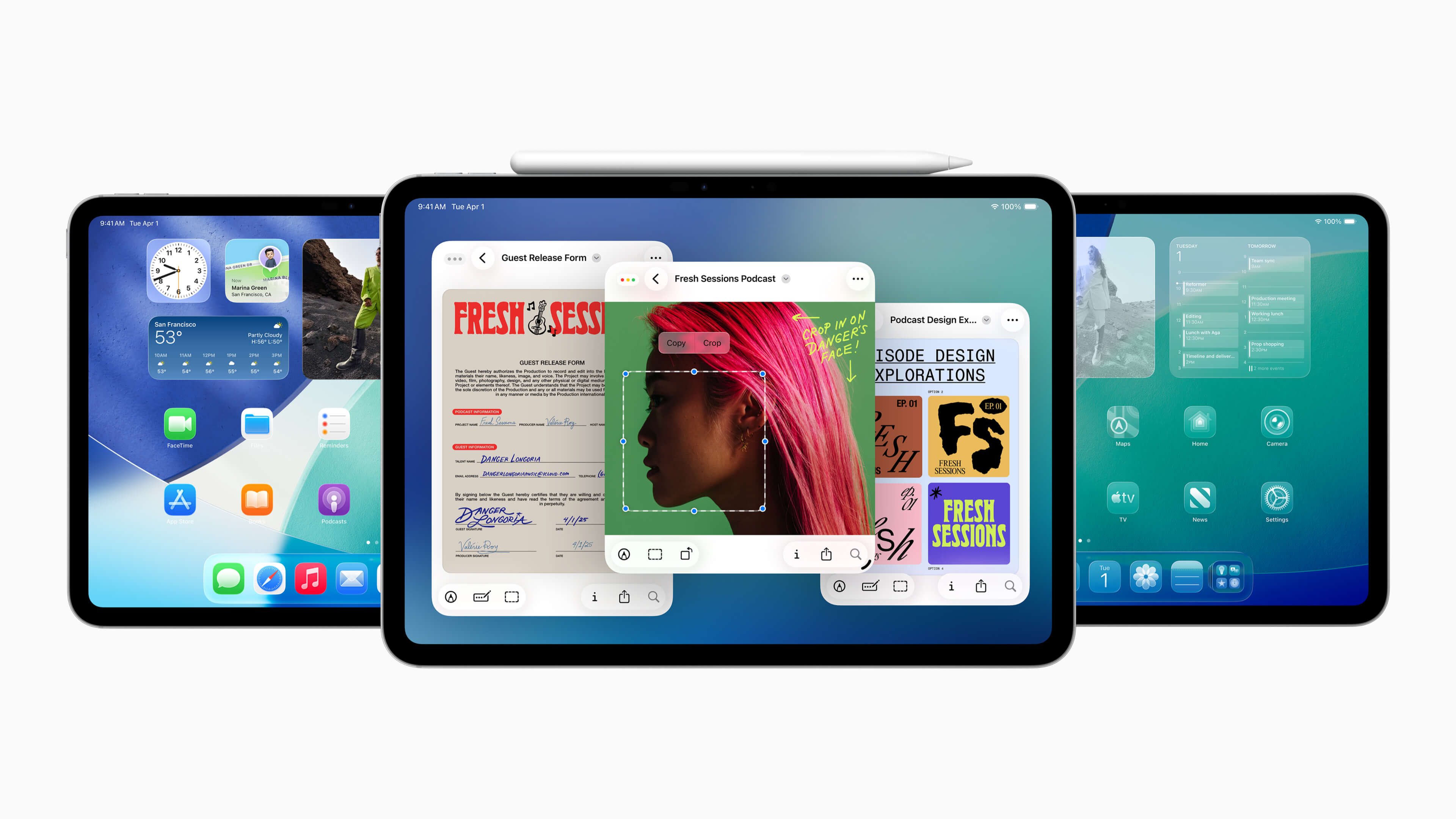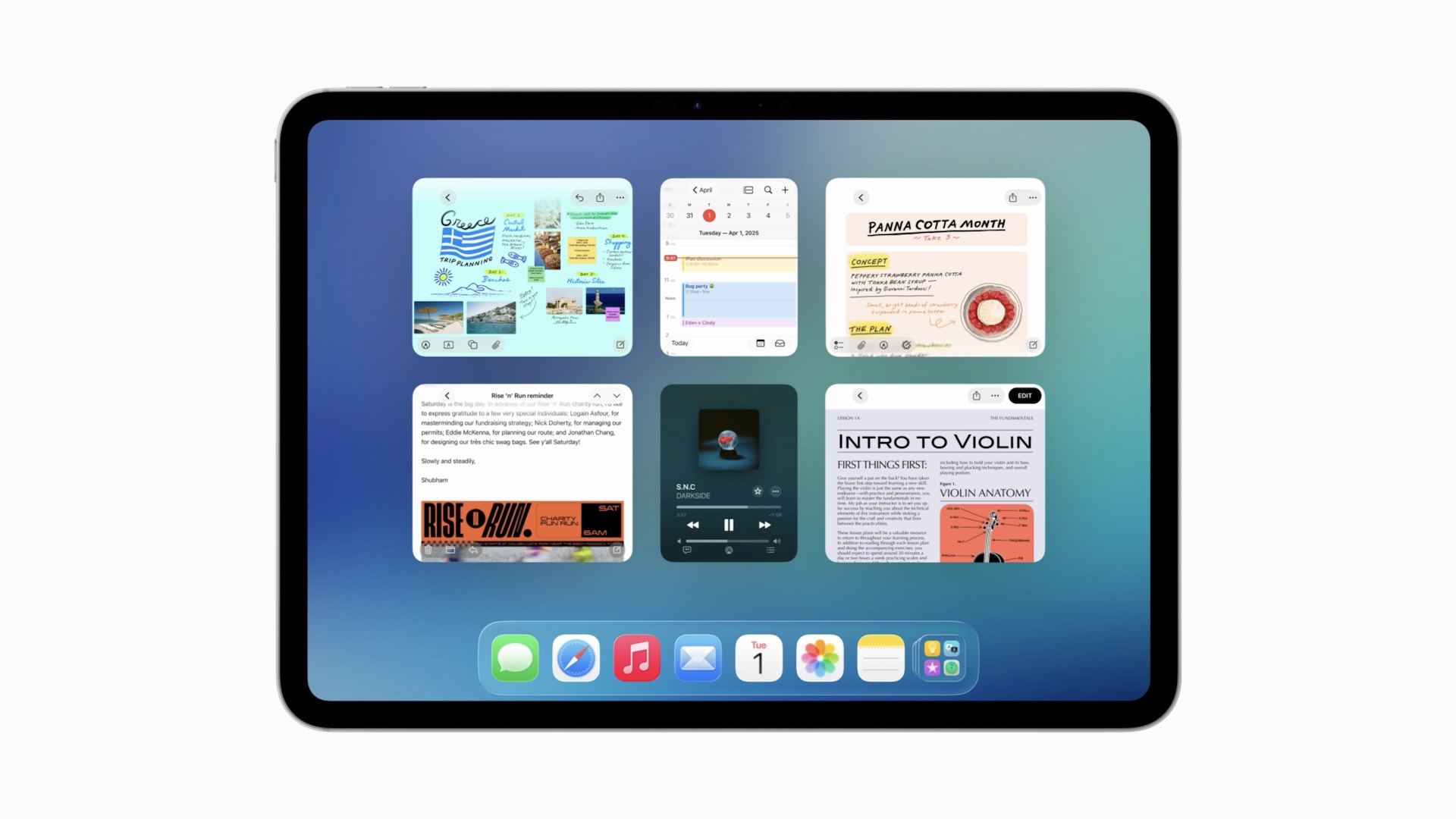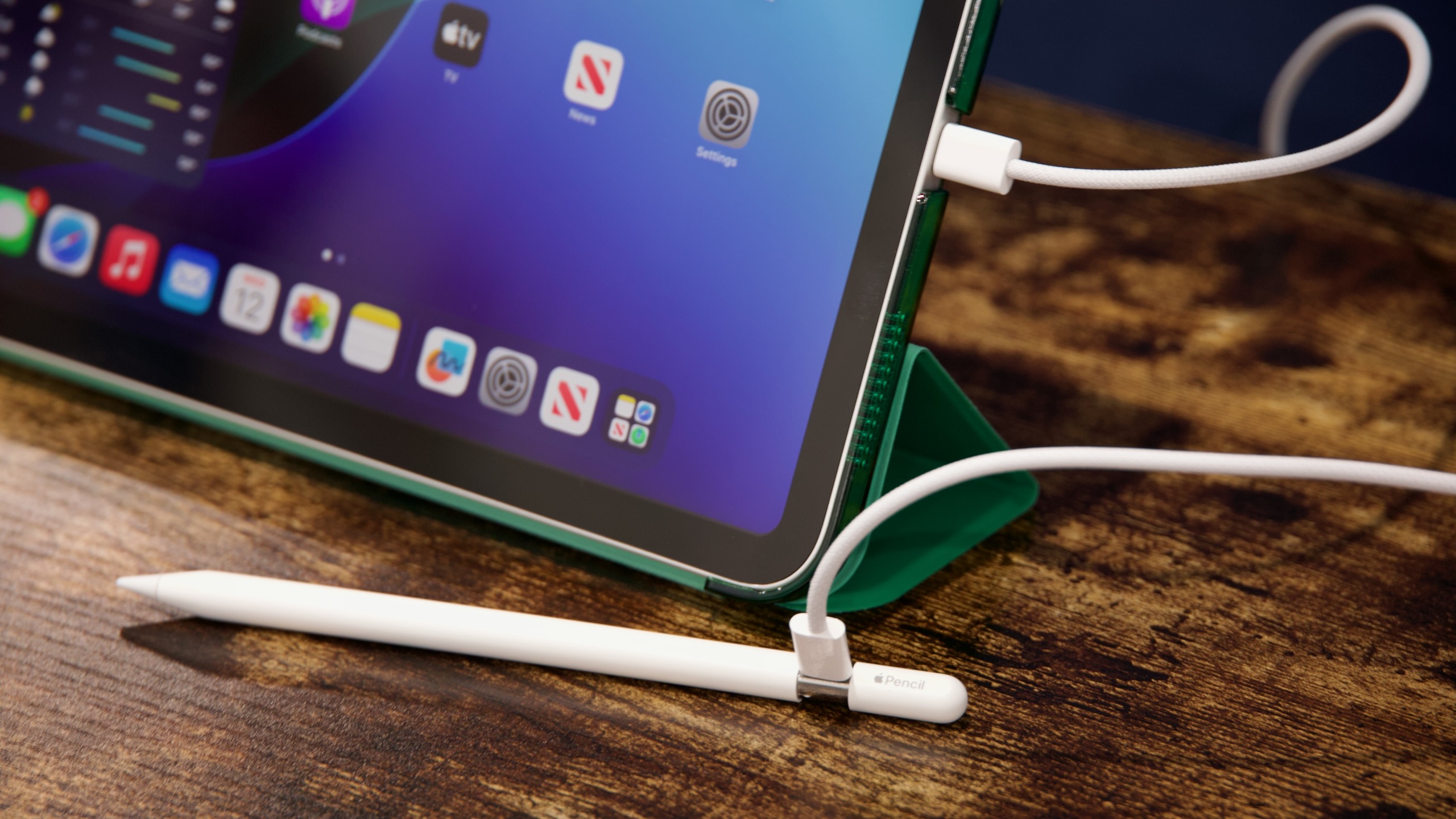Smart TV OS owners face “constant conflict” between privacy, advertiser demands
DENVER—Most smart TV operating system (OS) owners are in the ad sales business now. Software providers for budget and premium TVs are honing their ad skills, which requires advancing their ability to collect user data. This is creating an “inherent conflict” within the industry, Takashi Nakano, VP of content and programming at Samsung TV Plus, said at the StreamTV Show in Denver last week.
During a panel at StreamTV Insider’s conference entitled “CTV OS Leader Roundtable: From Drivers to Engagement and Content Strategy,” Nakano acknowledged the opposing needs of advertisers and smart TV users, who are calling for a reasonable amount of data privacy.
“Do you want your data sold out there and everyone to know exactly what you’ve been watching … the answer is generally no,” the Samsung executive said. “Yet, advertisers want all of this data. They wanna know exactly what you ate for breakfast.”
Nakano also suggested that the owners of OSes targeting smart TVs and other streaming hardware, like streaming sticks, are inundated with user data that may not actually be that useful or imperative to collect:
I think that there’s inherent conflict in the ad ecosystem supplying so much data. … We’re fortunate to have all that data, but we’re also like, ‘Do we really want to give it all, and hand it all out?’ There’s a constant conflict around that, right? So how do we create an ecosystem where we can serve ads that are pretty good? Maybe it’s not perfect …
Today, connected TV (CTV) OSes are largely built around not just gathering user data, but also creating ways to collect new types of information about viewers in order to deliver more relevant, impactful ads. LG, for example, recently announced that its smart TV OS, webOS, will use a new AI model that informs ad placement based on viewers’ emotions and personal beliefs.
Smart TV OS owners face “constant conflict” between privacy, advertiser demands Read More »

